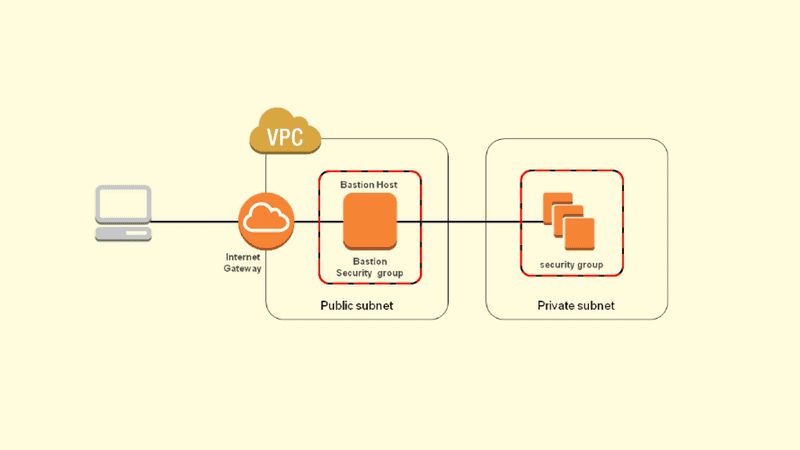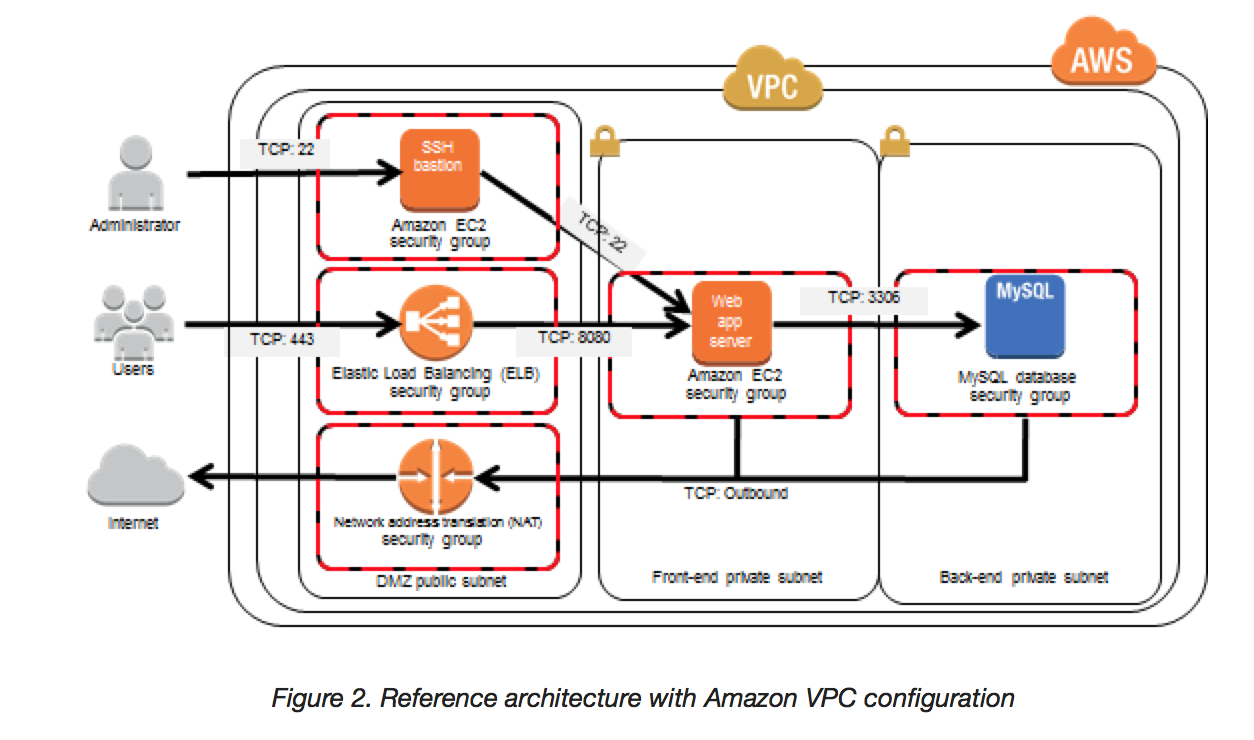


The service ensures high availability and fault tolerance, allowing you to focus on deploying and managing your applications. With EKS, you don't have to worry about the underlying control plane and its related objects AWS takes care of that for you. Īrchitecture without animation Link 👑 EKS and How it worksĪWS EKS (Elastic Kubernetes Service) is a managed service provided by AWS that simplifies the deployment and management of Kubernetes clusters. I have spent hours creating this below animated architecture and if you liked it please like my blog and follow me on LinkedIn and Twitter. it helps you a lot while building this project. it's very important to understand what we are going to build and to understand you can follow the below architecture. we are going to follow a goal-driven approach that helps us to put in minimum effort and gain lots of results. Let's understand the architecture that we are going to build in this blog or project.

This means ArgoCD will consider only the manifest repository as the single source of truth. If someone manually tries to change any object on the Kubernetes cluster, ArgoCD will revert back to the previous state. When ArgoCD notices any changes in the manifest file, it will pull the new manifest file and apply it to the cluster. To implement the GitOps workflow, we've set up syncing ArgoCD with our GitHub manifest repository.
#Aws bastion host vs nat instance update
The pipeline setup can vary depending on the implementation, but here I've set up 4 jobs or steps: 🔸Test (application code) 🔸 Build (Docker image) 🔸 Push (Push to Docker registry) 🔸 Update manifest (update the manifest repo with a new TAG) After the successful completion of the pipeline, we will have a new Docker image packed with new features or changes and an updated manifest file.
#Aws bastion host vs nat instance code
When CircleCI notices any change or new commit in the application code repository, it starts running the pipeline that we have set up. 🔸 Story Firstly, we will have three Git repositories: 🔹Application code repository (committed by the developer) 🔹Terraform code repository (to build the infrastructure ➡️ EKS Cluster) 🔹Kubernetes manifest repository (YAML files) The developer creates the feature and commits it to the Application code repository. in this blog, I'm exactly going to break down how can we utilize CircleCI for continuous integration and ArgoCD for continuous deployment and GitOps workflow. In this blog, I am going to show you how can we deploy the dockerized app on the aws EKS cluster using continuous integration and continuous deployment with GitOps methodology. I want to thank Piyush Sachdeva for providing valuable guidance through the journey. I have written many blogs and projects on could and Devops you can see that on my Hashnode profile Ankit Jodhani. I recently graduated from university and building my career in DevOps and cloud.


 0 kommentar(er)
0 kommentar(er)
